There are several groups trying to organize databases of 3D printable files for the visually impaired. We want to link the Hackaday community to these groups. After writing our 3D Printed Science Projects book (which came out in May 2016 from Apress - some pictures in the gallery are projects from the book) we realized how hard it is to create a really good model of abstract science concepts. It is also true that a large part of the population are tactile learners, and they may learn math and science better if there are objects out there that really capture difficult concepts.Of course there are many objects out there, but a lot of them either do not print or print with difficulty, are not optimized for a blind person to use, or might be technically wrong in their representation or not tagged in a way that a teacher can find them. Here's our project video that will give you the big picture::
Bigger projects needed by a particular teacher might be good for student groups to take on as well - here is one we mentored at Pasadena City College, where the students made a portable Braille map of a nearby elementary campus.
Our builds below will describe our experiments as volunteers in this sphere, and define the issues we have learned about that will need to be solved to make it easier for teachers who need a model to find a student or hacker who could make them one, and also develop some guidelines so that people new to making these models do not have to discover everything we did.
We have created a basic Google Group to let Teachers of the Visually Impaired post requests for models they wish they had. Teachers with students who want a good project can reply and "claim" a model for their students to try. See the Instructions for details.
Our project logs discuss how best (and when) to print Braille on a model, and other issues that are sometimes not immediately obvious.
Next steps to grow this effort will be:
- Learning what works and what does not from our "Minimum viable product" Google Group.
- Working more with the Teachers of the Visually Impaired (TVI) community to define more designs they need
- Recruiting teachers at all levels (K-12 and college CAD classes) to have their students make these designs.
- Working to develop and capture a body of knowledge (a wiki?) about best practices
- Seeing how best to collaborate with existing design repositories.
The logs are a chronology of our evolving understanding of the problem. It will probably make the most sense if you sort the logs to read the oldest log entry first.
Please comment and make suggestions!.
 Joan Horvath
Joan Horvath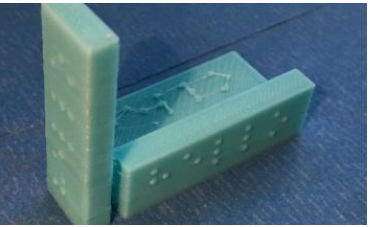
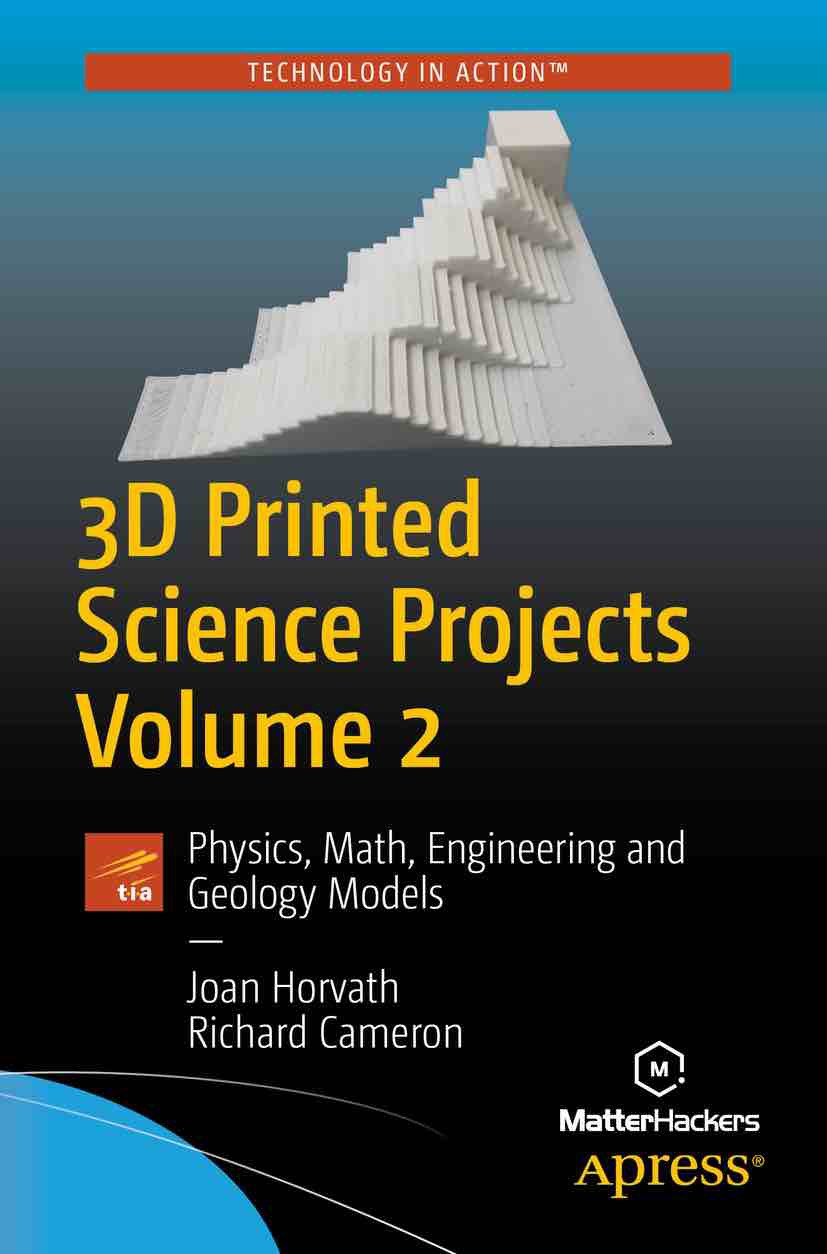

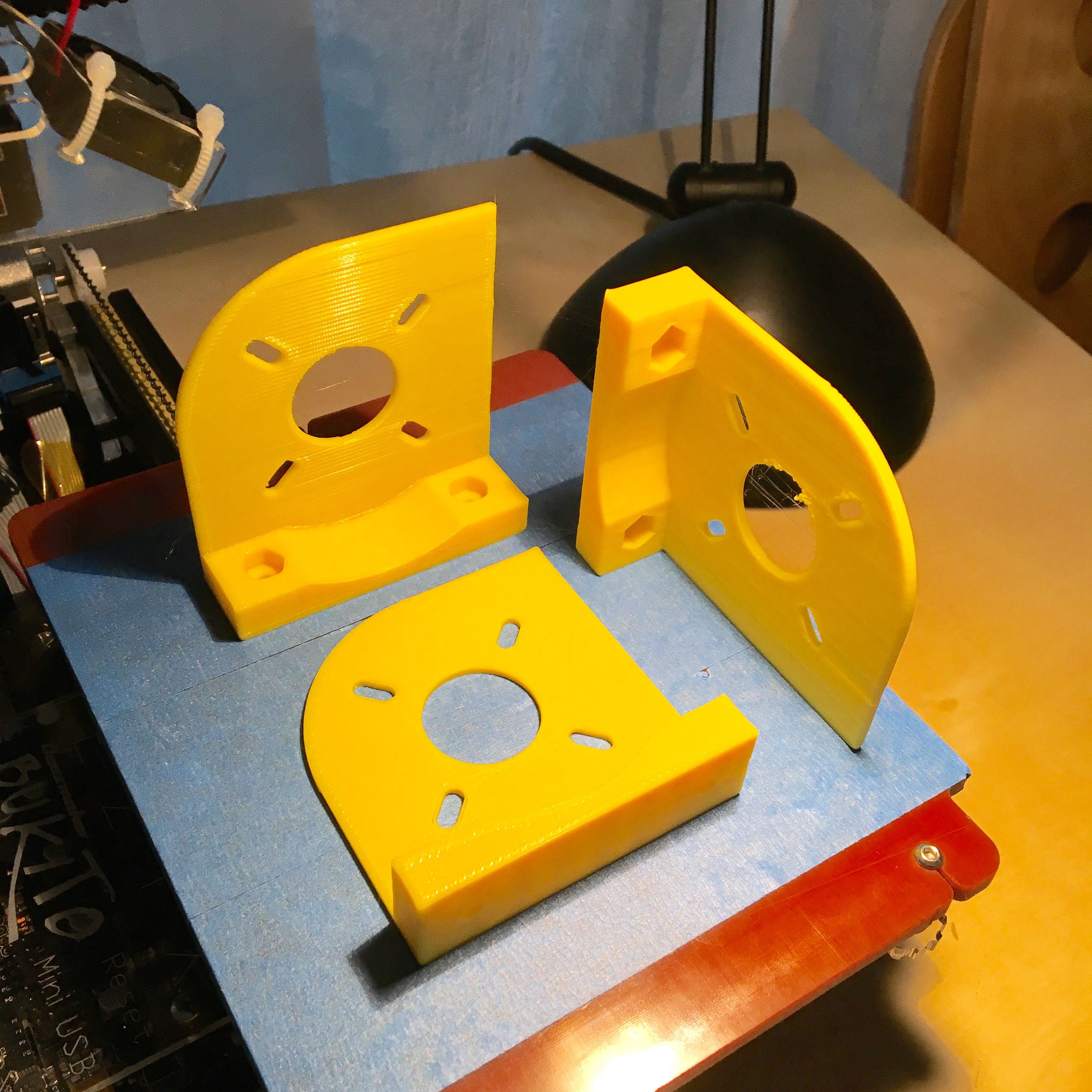
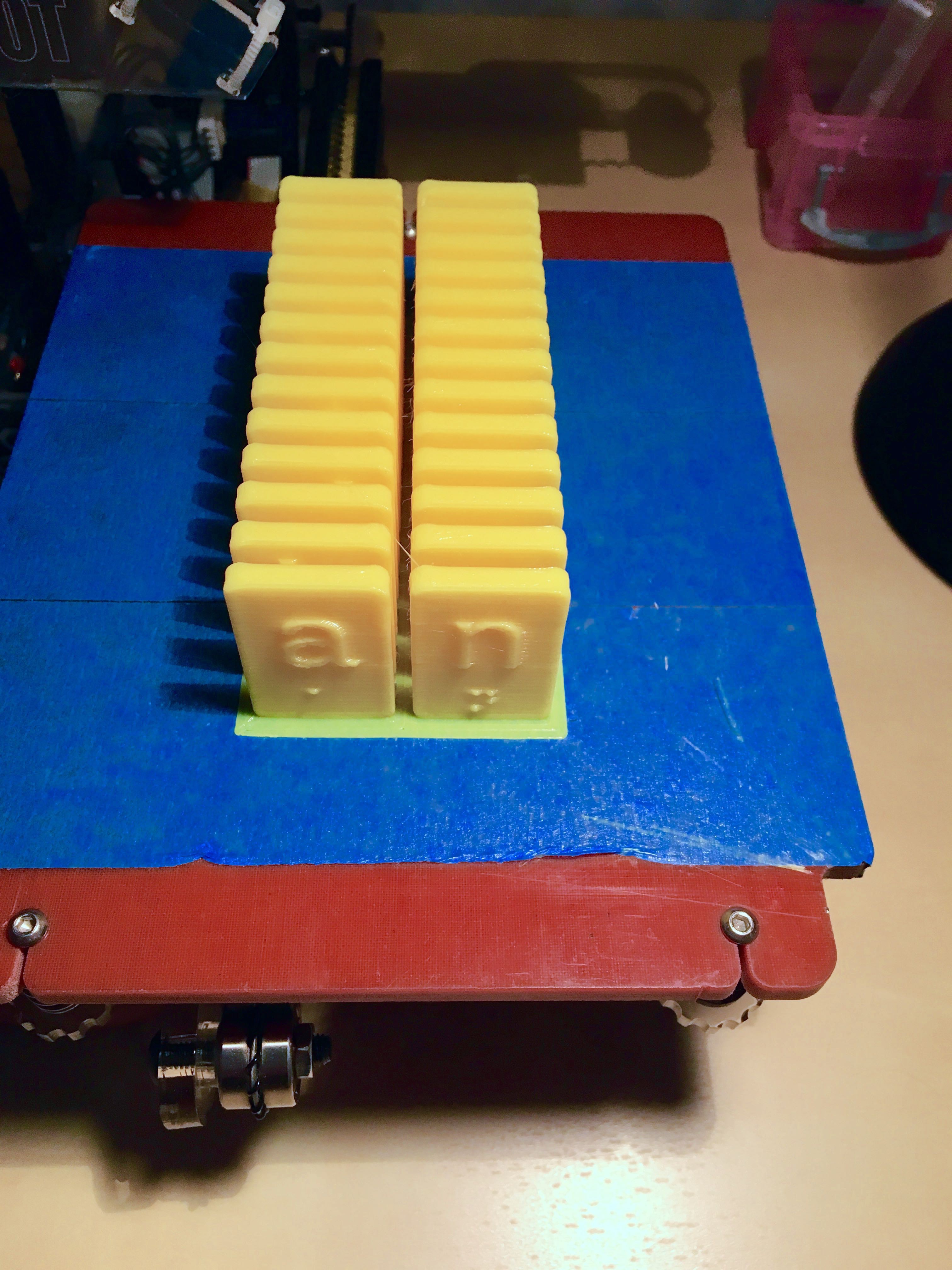
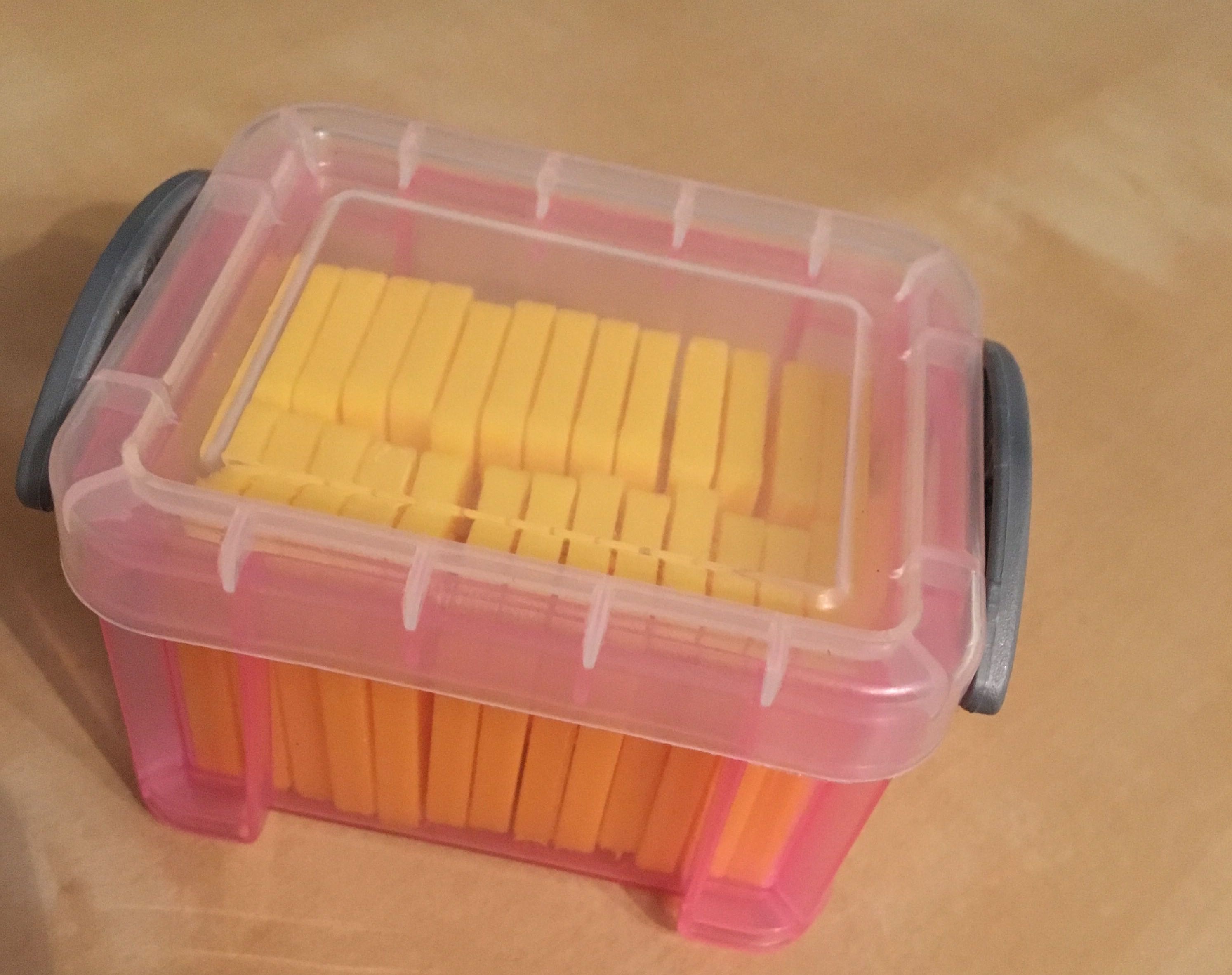
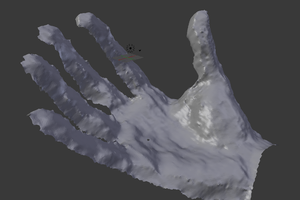
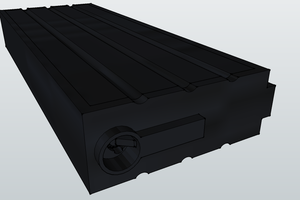
 TAIBHSE DESIGNS
TAIBHSE DESIGNS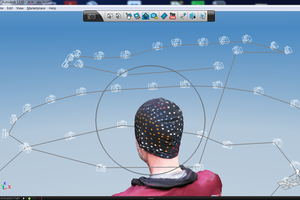
 Alan Campbell
Alan Campbell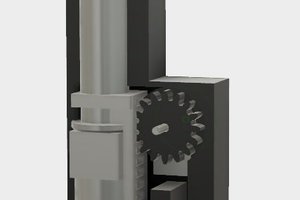
 Giovanni Leal
Giovanni Leal